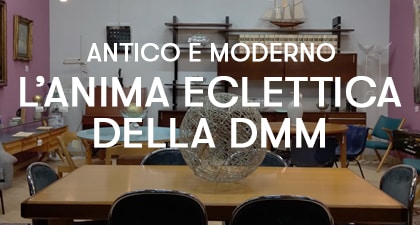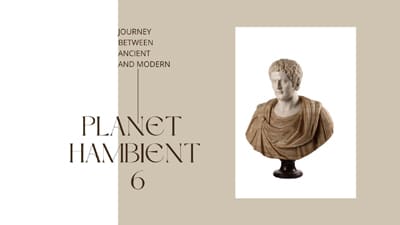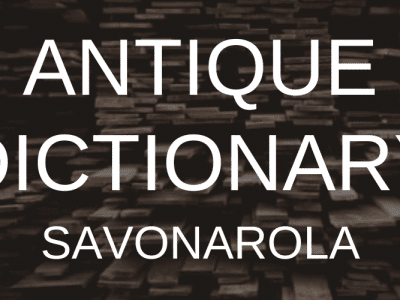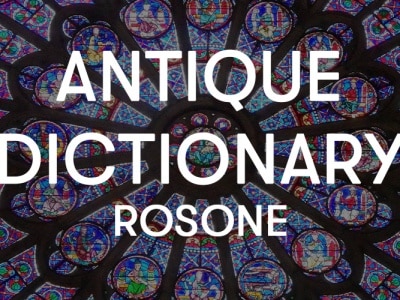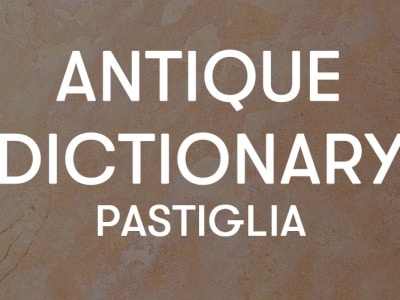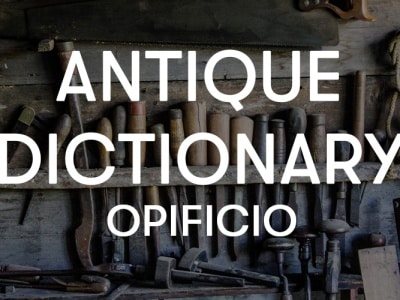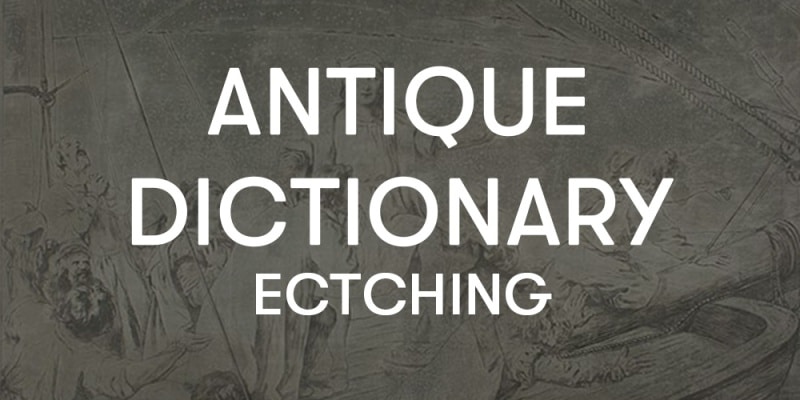
The word we analyze today is: etching.
What is etching?

Etching is an engraving technique. The term derives from the use of nitric acid as a mordant. This in the Middle Ages was, in fact, called aqua fortis .
Originally, this term meant only acid. With the passage of time he began to indicate also the technique of engraving.
How does the etching technique work?
- Spread a greasy, acid-resistant paint on a metal plate of copper, steel or iron.
- The drawing is done with a metal instrument, called “style” or “tip”.
- When the metal has been discovered, the slab, suitably protected on the reverse side by an insulating varnish, is placed to soak in the mordant.
- When you pull out you can see how the mordant has acted only on the previously discovered parts, ie those drawn.
- Then we proceed with the inking: the ink is retained by the grooves determined by the vice. It is fixed on the paper thanks to the use of a press.
The first description of this technique is due to Benvenuto Cellini in 1568.
Indirect engraving
It is called indirect incision because it does not take place by means of an instrument but thanks to acid. Precisely for this reason it is very important to control the depth of the bite and adjust it according to the desired effect; If the bite is insufficient, the most subtle signs do not appear, while if it is too prolonged there are wide and flaky marks.
The history of etching
The first to use the etching technique were the Florentine goldsmiths of the second half of the fifteenth century, but it was in the first half of the sixteenth that it spread among goldsmiths, niellisti and painters from all over Europe. Its success is due to the fact that it allows maximum freedom of design.
The first to use this method of engraving were: Francesco Mazzola known as Parmigianino (1503-1540), Albrecht Durer (1471-1528) and Luca di Leida (1489/94-1533).
In the sixteenth and nineteenth centuries it was the most used technique for engraving printing on metal plate. It was used by great artists such as: Jacques Callot (1594-1635), P.P. Rubens (1577-1640), Rembrandt (1606-1778), G.B. Tiepolo (1696-1770) and F. Goya (1746-1828).
To what does the etching technique owe its success?
With a picture in front of you it is easier to explain all things. Precisely for this reason, to explain to you what the etching owes its success to, we decided to show you a print made with this technique: “ Andurni Marchionatus Pars versus Meridiem “.

It is a large folded view taken from the “Theatrum Statuum Regiae Celsitudinis Sabaudiae Ducis”, a famous work printed in folio by the heirs of Giovanni Blaeu in Amsterdam in 1682, which describes the domains of the Savoy. The view, one of the widest, represents the city of Andorno, in the Biella area.


These images are details of the press. You can see how much precision can be achieved thanks to this technique. Printing creates variety, depth, and linewidth effects that generate complex results.
With other printing techniques it is not possible to achieve all these effects. The etching, on the other hand, owes its success precisely to the great freedom of drawing that other techniques do not have.
To discover other works made with this technique you can visit our shop and our warehouses (also online!).


